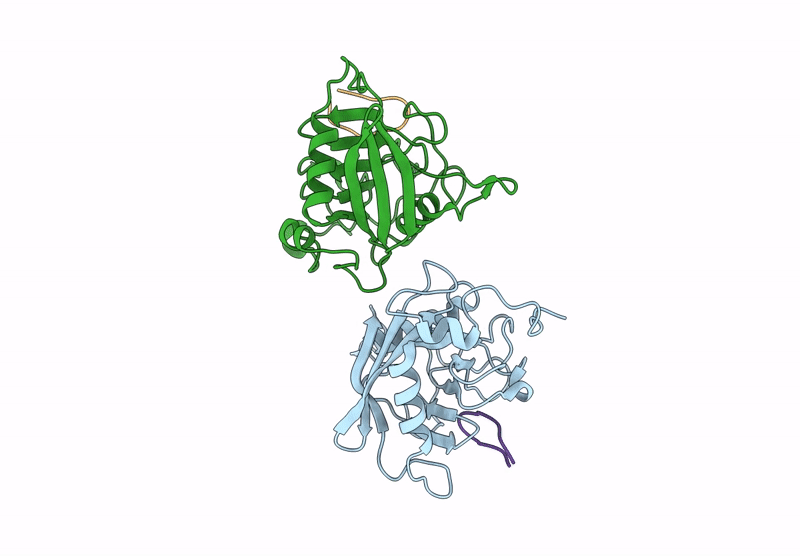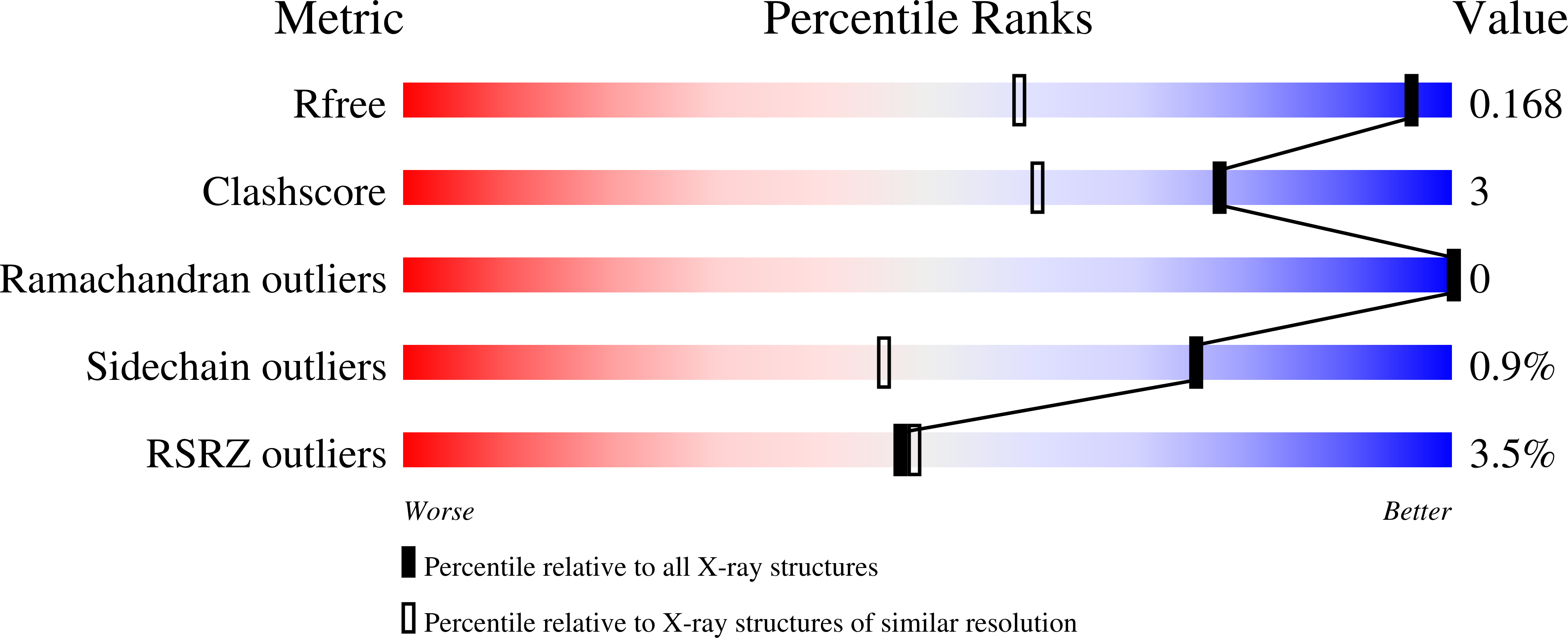
Deposition Date
2023-11-27
Release Date
2024-10-30
Last Version Date
2024-10-30
Entry Detail
PDB ID:
8R7S
Keywords:
Title:
Crystal Structure of Cyclophilin TgCyp23 from Toxoplasma gondii in complex with NIM811 (N-methyl-4-isoleucine cyclosporin)
Biological Source:
Source Organism:
Toxoplasma gondii (Taxon ID: 5811)
synthetic construct (Taxon ID: 32630)
synthetic construct (Taxon ID: 32630)
Host Organism:
Method Details:
Experimental Method:
Resolution:
1.17 Å
R-Value Free:
0.16
R-Value Work:
0.14
R-Value Observed:
0.14
Space Group:
P 1 21 1


